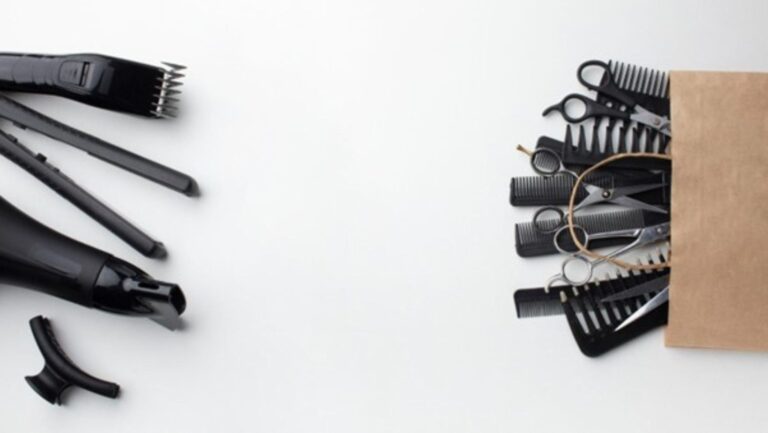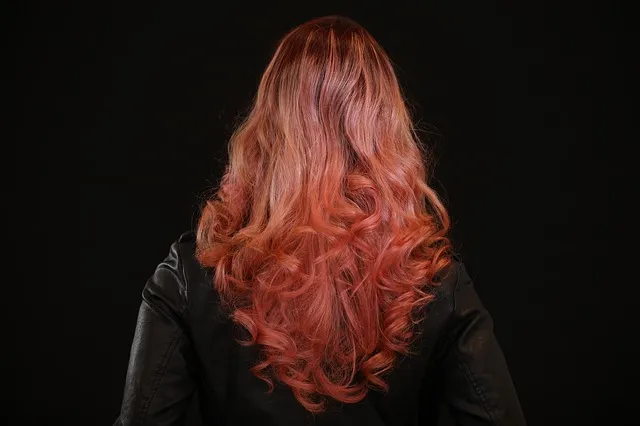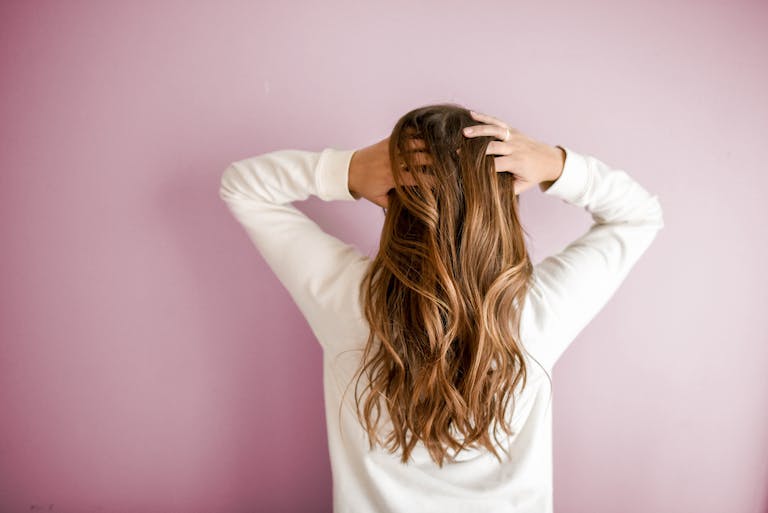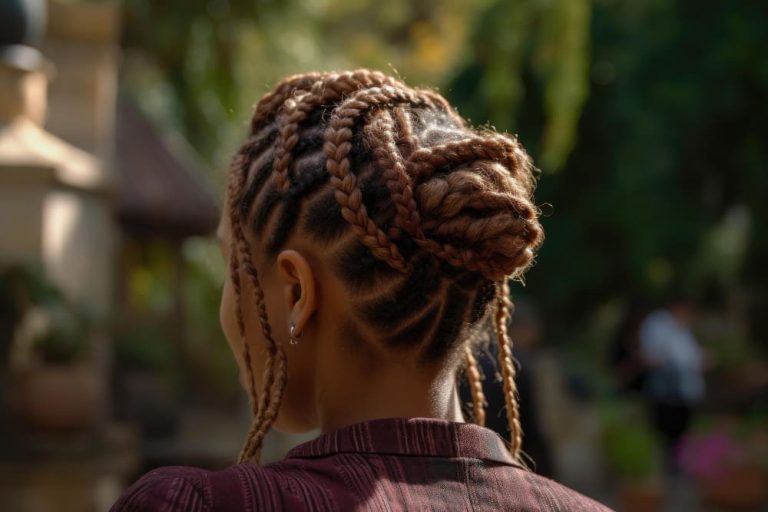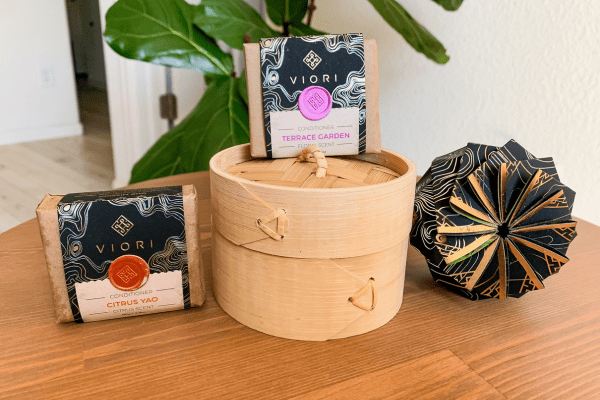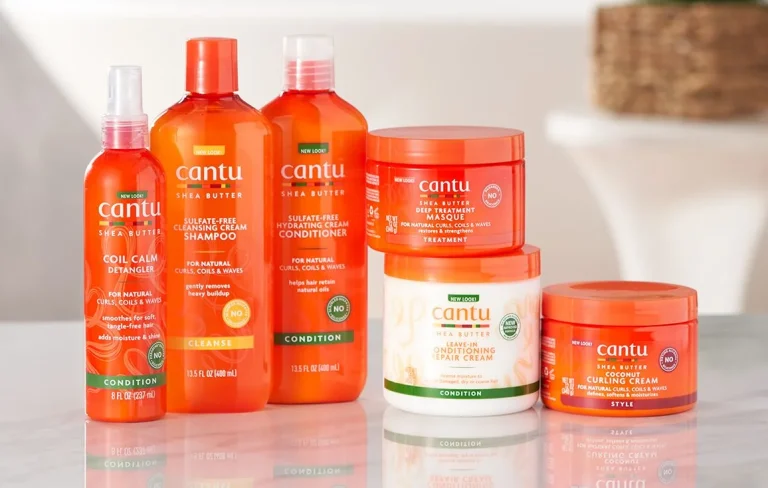How to strip a perm with eggs?
Having curly, permed hair can be fun and glamorous. But what happens when those perfect spirals start to lose their bounce or you simply grow tired of maintaining chemically-treated locks?
You may have heard home remedies about using eggs to “strip” the perm right out of your hair. As tempting as this sounds, I have some bad news: cracking eggs on your head will not magically transform your permed ringlets back to their natural texture.
Why don’t eggs strip perm chemicals from hair?
Contents
Getting a perm requires strong chemicals that break and reform internal bonds within your hair shaft to change its natural structure. The most common perm solutions use acidic thioglycolate or alkaline hydroxide formulas to achieve longer-lasting curls and waves. These chemicals are powerful enough to penetrate deep inside the hair cuticle and are designed to create semi-permanent or permanent results.
Eggs, on the other hand, are simply a protein-rich food ingredient. Their nutrients may temporarily strengthen hair on the outside, but they do not contain active chemicals to undo the permanent chemical rearrangement caused by perms and relaxers. Some people mistakenly believe that the high pH of eggs or dairy products like mayonnaise can neutralize perm chemicals, but this is not the case.
At best, applying raw eggs may leave permed hair feeling dry and straw-like. At worst, DIY egg treatments risk further damage if they provoke adverse reactions with lingering perm chemicals on your locks. That’s why home attempts to strip away perm damage typically fail—the internal bonds and structure remain intact no matter what you put on top.
Patience and safer methods are required to nurture your hair back to a healthier natural state.
Healthier Alternatives For Growing Out Chemically Treated Hair
Transitioning from chemically straightened hair back to your natural texture is a gradual journey that requires diligent hair care. Here are some healthier ideas to try instead of using eggs or harsh chemicals attempting to reverse perm damage:
Trim Strands Over Time – Regular trims every 6-8 weeks help remove processed ends so fresh curly regrowth can shine. Be patient and do not trim off more than 1⁄4 to 1⁄2 inch at once.
Deep Condition Frequently – Focus on intensive moisturizing to improve the look and feel of processed strands as your new growth appears.
Protective Styling: Low manipulation styles like braids, twists, and sew-ins prevent breakage at the demarcation line where textures meet.
Avoid Heat Styling – Limit use of hot tools and too-tight styles that cause stress to delicate regrowing strands.
Use Gentle Products – Harsh shampoos and chemicals can dry out processed hair. Look for moisturizing cleansers and nutritive masks to nourish your strands.
Take Supplements – Hair vitamins containing biotin, folic acid, zinc, and vitamins A, C, and E support healthy regrowth.
With consistent TLC, your natural texture will gradually return as chemically altered hair is trimmed over the course of 12-24 months.

Caring For Hair In Transition
The line between your processed hair and fresh roots is known as the “demarcation line.” This area tends to be the most fragile point prone to breakage during the grow-out phase. Have patience and take extra precautions to prevent setting back your progress:
- Handle hair gently around the roots which may coil or wave differently than straightened ends
- Use wide-tooth combs and soft scrunchies – not brushes or tight bands!
- Sleep on satin to minimize friction that can cause strands to catch and tangle
- Apply deep treatments 1-2 times per week to boost moisture levels
- Consider protective styles such as braids or twists to hide the multiple textures
While you nurture those delicate baby curls at the start of their beautiful journey, you can also fake a curly look on the straightened ends. This helps create a more cohesive style while your tresses transition.
How To Make Straight Hair Look Curly
Adding waves and curls to lifeless locks along the way can boost body and disguise the demarcation line. This avoids bluntly chopping off years of growth before you’re ready. Some safe ideas include:
Flexi Rod Sets – These bendable foam rollers grip hair gently to set lasting waves overnight. Start with large rods and graduate down as length increases.
Bantu Knots – Part hair into square sections then twist into bun shapes to dry. The coils release into soft curls with bounce and movement.
Straw Curls – Wrap damp hair around jumbo straws, secured with pins, allowing strands to dry in loose spirals to reveal.
Diffusing – Use a hair dryer diffuser attachment on low heat to encourage natural wave and volume as hair dries.
Texturizing Spray – Salt or seaweed formulas boost texture and grip so curls hold better. Scrunch into damp hair before air drying.
Plat Twists – Simple two-strand flat twists, pinned into place on dry hair, unfurl with pretty crimped results come morning.
Now for the big question…is it finally time for the chop?
When To Consider The “Big Chop”
There comes a point in every transition journey where you must decide whether to keep gradually trimming or go for the full chop. Typically once 3-5 inches of curly regrowth is achieved, cutting off the straightened ends can feel liberating. However, the timing is a personal choice depending on your style preferences and rate of growth.
The “big chop” – or cutting it all off at once – remains the only guaranteed way to completely remove relaxed or permed hair. Starting fresh can be symbolic of embracing your inner and outer beauty. New beginnings with your natural texture may be easier without dealing with the hassle of multiple lengths and textures.
Just know that drastic changes can be shocking! So consider recruiting an experienced stylist to shape and style your short new ‘do into something fierce yet flattering. They can recommend easy-maintenance cuts that suit your natural waves or curls. With the right attitude, accessories, and products, you’ll rock those cropped curls beautifully!
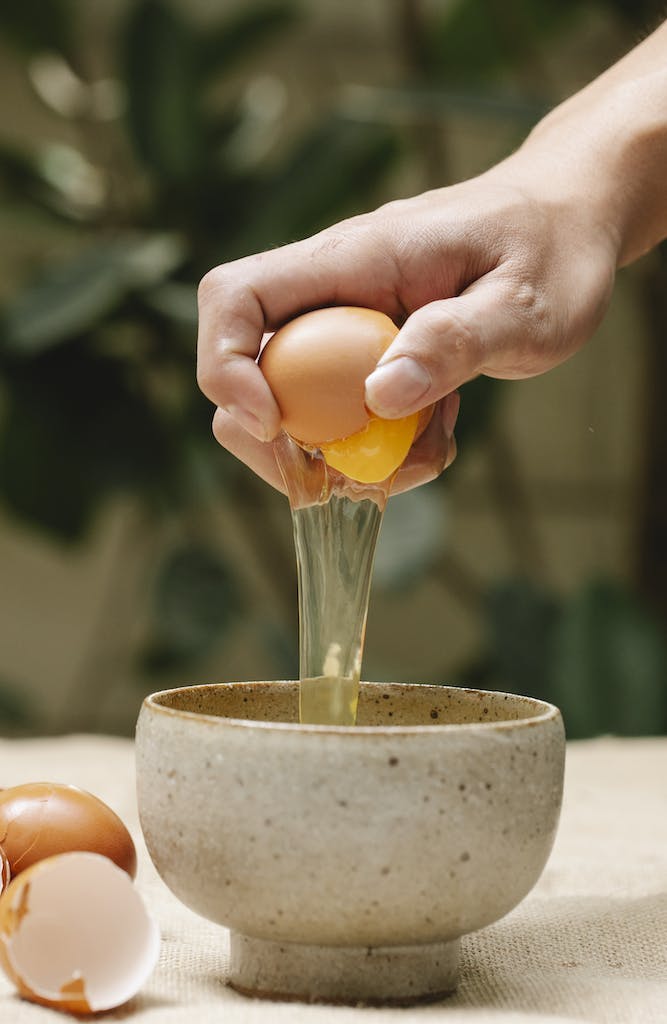
FAQs
Can you strip a perm with eggs?
No, eggs cannot strip or remove a perm from your hair. Perm chemicals permanently break and rearrange the internal bonds in your hair. Eggs may temporarily condition permed hair, but they do not reverse the chemical transformation.
How long does it take to grow out a perm?
It typically takes 12–24 months to fully transition from a perm back to your natural texture. Hair grows an average of 1.2 inches per month. Regular trims are key to gradually removing processed ends while your new curly growth reaches 3–5 inches.
What can I use to remove the perm?
There is no product or home remedy proven to instantly remove a perm. Relaxers and perms chemically alter the internal structure of hair permanently. You must grow out and trim off all the processed hair over time to revert back to your natural texture.
Can I perm my hair after stripping it?
You cannot actually strip or remove a perm from your hair on your own. Perms require harsh chemicals that break internal bonds, permanently altering your texture. Once permed, the only way to get your hair back is to gradually trim off the processed ends while allowing new, virgin growth to emerge.
Does an egg remove the perm?
No. Eggs do not remove perms or relaxers from the hair. Some people wrongly believe eggs can neutralize perm chemicals or excessively dry out the hair to temporarily reduce curl. But eggs have no reversing effect on the internal permanent transformation caused by chemical straightening.
Can you use baking soda to strip hair color?
Baking soda may fade hair dye over several applications, but it does not completely strip artificial color from hair. Harsh chemicals like bleach are required for full color removal. Baking soda also risks severely drying out your hair, so it’s not recommended for excessive use.
Let Your Hair Journey Unfold Naturally
Whether you decide to stick it out slowly trimming splits over two years or take a deep breath and jump into a bold chop, trust the process. Hair grows about 1⁄2 inch per month, meaning you’ll see real length again before you know it. Consider taking Before & After selfies to track your progress. This reminds you on tough days that despite awkward stages, your hair WILL revert to its healthy beautiful self again soon.
While popular home remedies can’t accelerate results, having patience with supportive hair care allows your natural texture to return on its own schedule. A head full of vibrant new coils and curls will soon outgrow those frustrating straight strands. So take it one step at a time, keep swapping damaging habits for nurturing techniques, and those luscious natural locks will be back before you know it!

Founded by Sophia Rodriguez, IGXO Cosmetics is a PETA-certified, cruelty-free, and vegan makeup brand.
